Hot Chips 2020 Live Blog: Intel's Tiger Lake Mobile CPU (12:30pm PT)
by Dr. Ian Cutress on August 17, 2020 3:30 PM EST- Posted in
- CPUs
- Intel
- Mobile
- Notebooks
- Live Blog
- 15W
- Tiger Lake
- Hot Chips 32
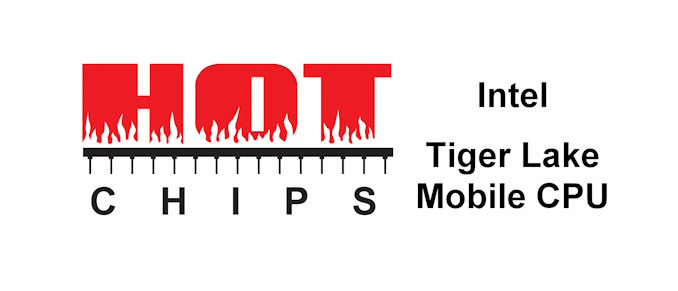
03:31PM EDT - Tiger Lake - generational improvement for graphics and CPU
03:31PM EDT - From 9W to 65W
03:32PM EDT - New AI features for new workloads
03:32PM EDT - USB4, PCIe4, TB4
03:32PM EDT - Increased power efficiency
03:33PM EDT - More cache, more performance, better efficiency, more headroom, more features
03:34PM EDT - New process technology
03:34PM EDT - new transistor
03:34PM EDT - SuperFin
03:35PM EDT - optimized non-perf critical IPs for the new transistor to allow for more headroom for the perf-critical stuff
03:35PM EDT - Improved Metal Stack
03:35PM EDT - To new high perf layers at the top
03:36PM EDT - New SuperMIM
03:36PM EDT - Here's the high level diagram
03:36PM EDT - Different power envelopes might have different amount of cores
03:36PM EDT - (which means 8 core is coming later at 65 W)
03:37PM EDT - Four Willow cove cores, 96 EUs of Xe graphics
03:37PM EDT - LPDDR5-5400 support, PCIe 4.0 x4
03:37PM EDT - 12 MB non-inclusive L3
03:37PM EDT - 1.25 MB non-inclusive L2
03:37PM EDT - 4x4K display pipes
03:38PM EDT - IPU6 - two different flavors based on the chip config (?!?)
03:38PM EDT - Improved Debug
03:39PM EDT - GNA 2.0 does up to 38 GigaOPs, 1 GOP per watt (and it scales)
03:40PM EDT - Better FIVR
03:41PM EDT - Total Memory Encyption support
03:41PM EDT - Willow Cove in Tiger Lake
03:41PM EDT - Built on Sunny Cove base
03:42PM EDT - Had three options - IPC, improve circuits on freq for SuperFin, or a mix
03:42PM EDT - The second was used - focus on frequency
03:42PM EDT - Also cache adjustments and security
03:43PM EDT - Willow Cove has a better dynamic range - better perf/watt at all points and much higher voltage/freq
03:44PM EDT - Now to 96 EUs
03:44PM EDT - More info on Xe later
03:45PM EDT - Increased bandwidth
03:45PM EDT - Dual ring architecture
03:45PM EDT - IO caching
03:46PM EDT - Up to 86 GB/s on DRAM
03:47PM EDT - Increased display support - but depends on memory configurations. Added dedicated fabric path to memory, up to 64 GB/s
03:48PM EDT - PCIe 4.0 at 8 GB/s
03:48PM EDT - 100ns less latency for CPU attach compared to PCH attach
03:48PM EDT - Integrated TB4 and USB4, full compliance
03:48PM EDT - Display via Type-C using DP tunneling over TB
03:50PM EDT - Overall better power management for better idle power and quicker entry/exit
03:50PM EDT - DVFS on fabric
03:52PM EDT - More than a generational improvement in a single product cycle
03:53PM EDT - Q&A time
03:54PM EDT - Q: Only 4 CPU cores? What's the range? A: Will depend on the SKU config, announced in product launch in September.
03:54PM EDT - Q: Additional latency for TME? A: No disclosing.
03:54PM EDT - Q: Perf impact of TME? A: See the product launch at Sep 2
03:55PM EDT - Q: BW of TME? A: No loss of BW
03:55PM EDT - Q: PL2? A: See Sep 2 product launch.
03:56PM EDT - Q: Is incoming PCIe traffic cached in LLC? A:You can.
03:56PM EDT - Q: What sort of frequency is DVFS? A: No hard numbers. We sample the utilization and we can offer a fine granularity. (so once per hour?)
03:57PM EDT - Q: L2 latency with increased cache size? A: No answer.
03:58PM EDT - Client have always used L3 is inclusive - we now use non-inclusive. Once you grow that L2 cache to 1.25 MB, making L3 inclusive would consume 5 MB.
03:59PM EDT - Now there's an hour break for lunch, before Raja's keynote. Come back then!


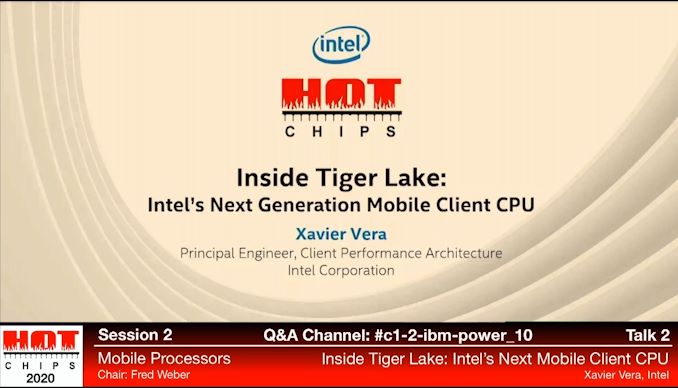
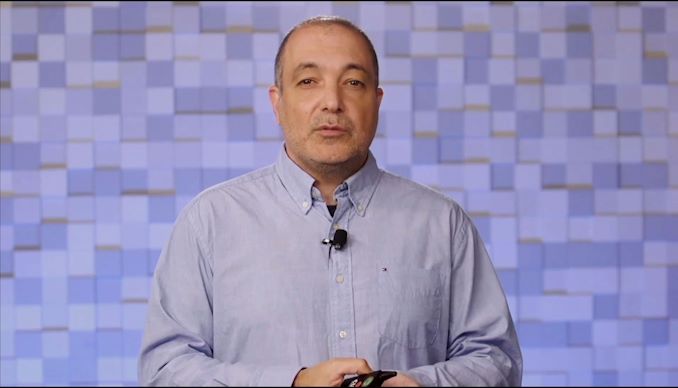
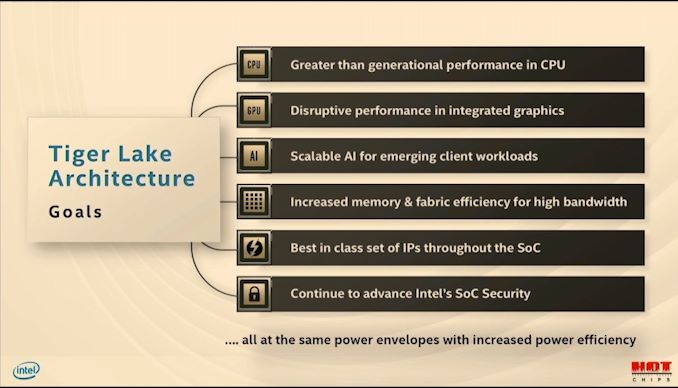
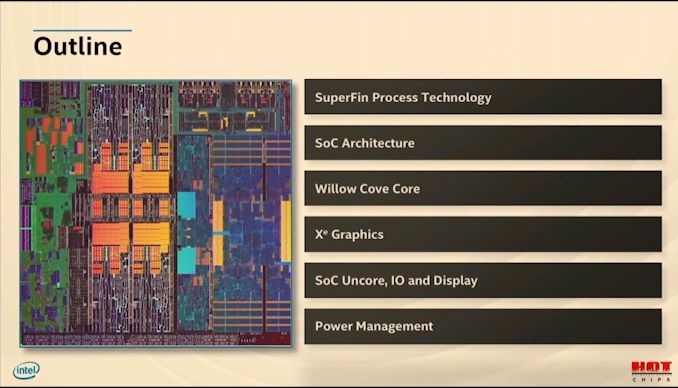
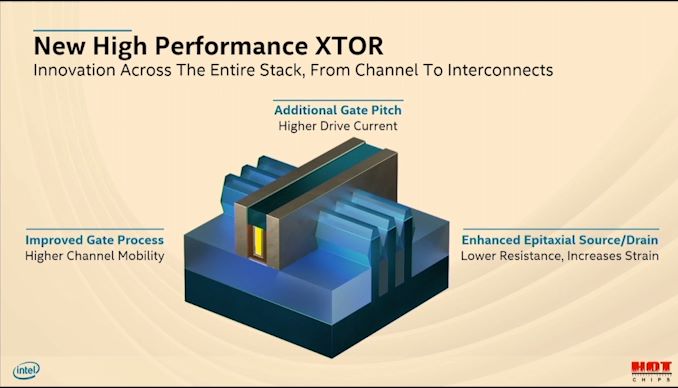
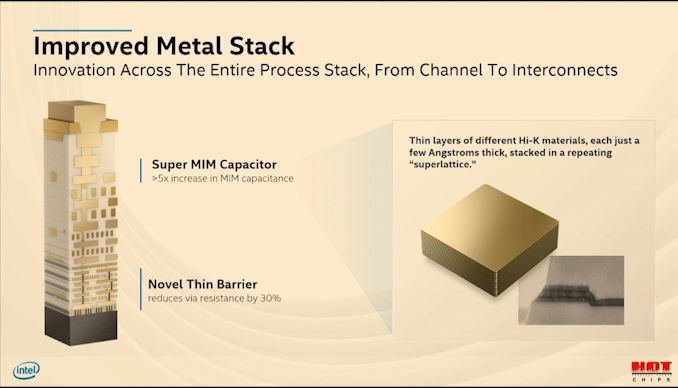
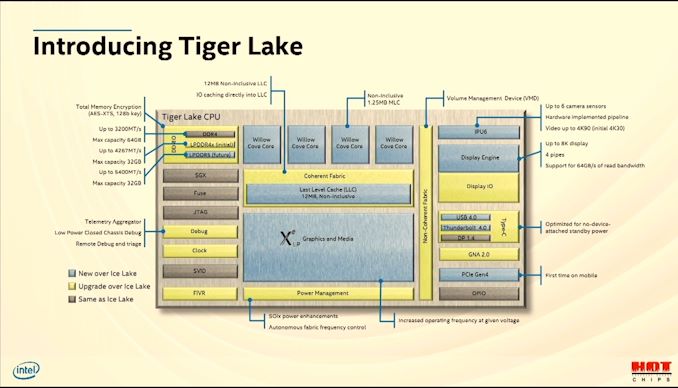
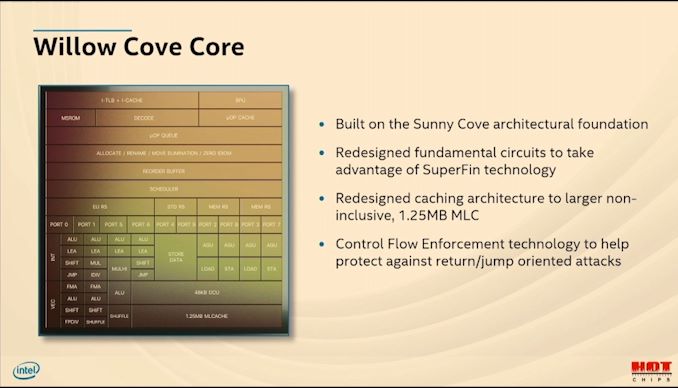

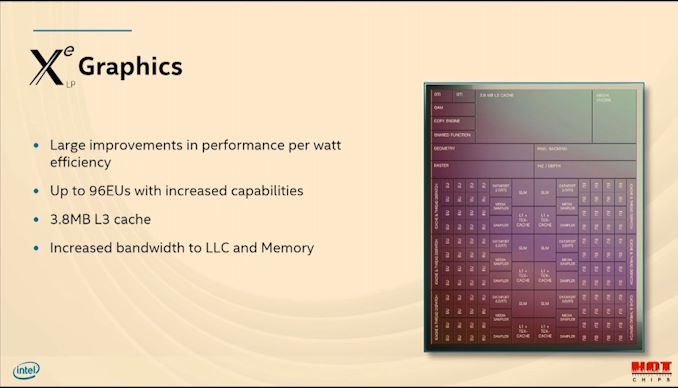
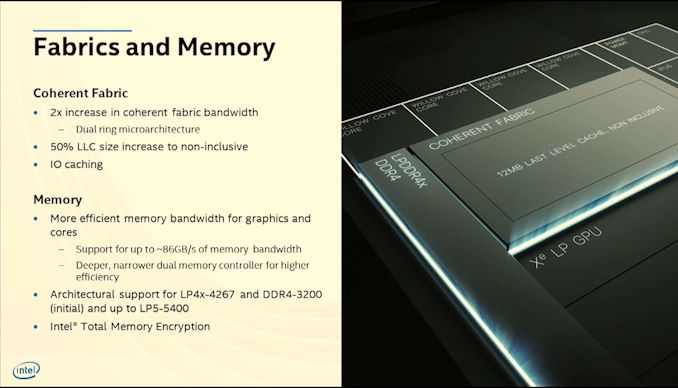
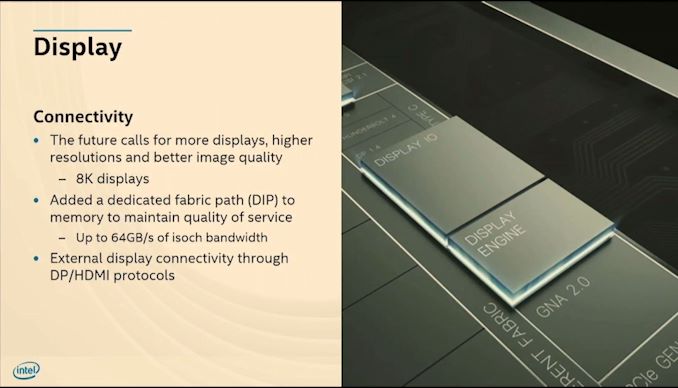

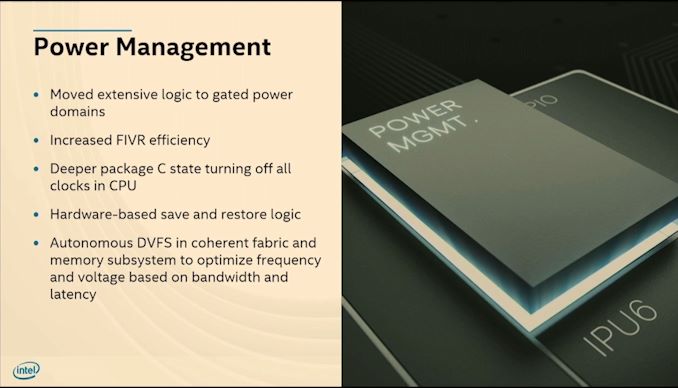
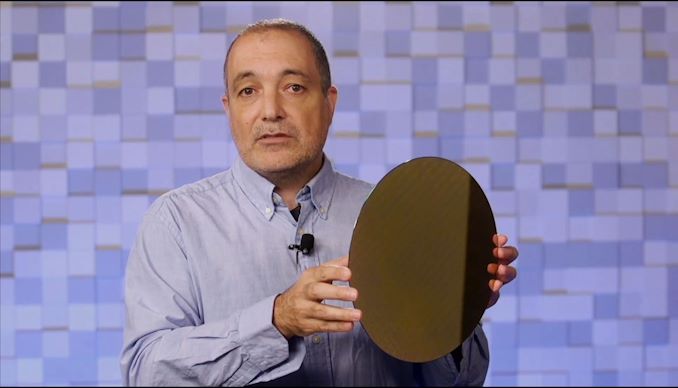

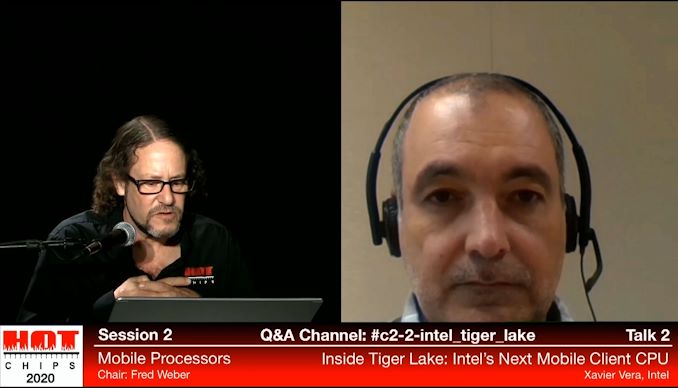








41 Comments
View All Comments
Hifihedgehog - Tuesday, August 18, 2020 - link
You are exactly right. It is all smoke and mirrors. Intel has fallen dreadfully behind the market's moving target. I have little hope they will be able to return to their former grace. They can brag all they want. Ice Lake's 10nm process was broken to begin with, worse than 14nm. It is nothing big to brag about small potatoes when the needle is still far behind the competition.Spunjji - Friday, August 21, 2020 - link
If everything they're saying about it is true, then Tiger Lake will be the first design manufactured on a 10nm process that delivers what was promised in the first place. In theory, that's enough to get them back to a place of competition *if* the yields are also good.The long wait for the 8-core variant of Tiger (and no mention of it on desktop) suggests that either the yields are still not very good, or the procedures necessary to get yields and performance to acceptable levels have reduced overall output (e.g. more manufacturing stages / layers).
Either way, they're not going to have any problem competing in a market sense - they have enough cash to buy a lot of sales.
eek2121 - Monday, August 17, 2020 - link
It is amazing as a desktop chip.Ian: has Intel confirmed an 8 core 65W model?
maroon1 - Monday, August 17, 2020 - link
65w is likely to the top partJorgp2 - Monday, August 17, 2020 - link
Yeah, no.Also, doesn't matter if the Intel 4 core runs just as well as the AMD 8 core.
frbeckenbauer - Monday, August 17, 2020 - link
they didn't say 8 cores at first, hence my comment. Makes more sense like this of course.Jimbo11 - Monday, August 17, 2020 - link
Listen first before you make any nonsense comments.FreckledTrout - Monday, August 17, 2020 - link
Intel is really infatuated with "super". SuperFin now SuperMIM? Its getting to be a bit much especially with the avengers gimmick recently.frbeckenbauer - Monday, August 17, 2020 - link
Intel Marketing is dubious, but this process node really deserves a better name than 10nm+ if it delivers on these promises.Spunjji - Tuesday, August 18, 2020 - link
These promises just take it a little bit past where it was supposed to be in the first place. 10nm+ would have been appropriate (although if we're really counting this is 10nm++ now).